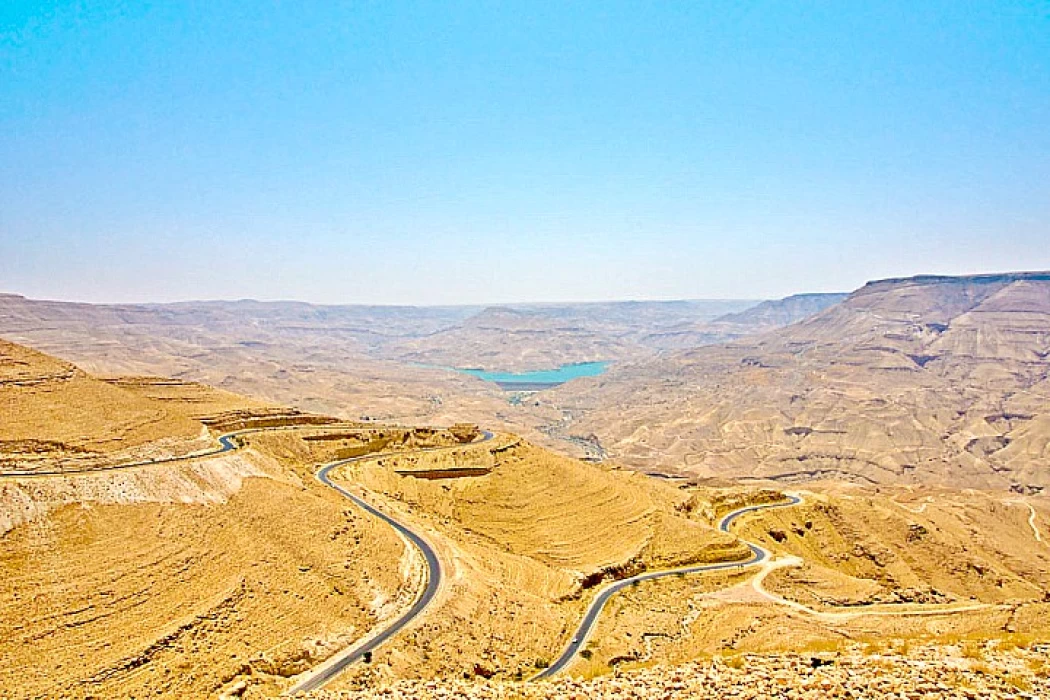
Wadi Mujib: Jordan's Majestic Canyon Adventure
Wadi Mujib: Jordan's Majestic Canyon Adventure
Between the rocky mountains and fast-flowing water canyons, you find yourself having a wonderful adventure and witnessing an enchanting nature that you will not get tired of looking at and sitting in its arms. Wadi Mujib, or what is historically known as “Arnon,” is one of the most important tourist destinations in Jordan, which is not much known about it despite its splendor, and if you visit it, you won't want to leave. This area, which sings of the beauty of Jordan's mountainous nature, has a long history dating back to ancient times.
The valley is a narrow gorge that intersects the Dead Sea at 410 meters below sea level and is located in the mountainous landscape to the east of the Dead Sea, 90 km south of the capital Amman. Wadi Mujib covers an area of 220 square kilometers on the eastern shore of the Dead Sea.
Archaeologists have identified Wadi Mujib as an inhabited area since the Copper Age (4500-3200 BC). Wadi Mujib was a significant physical and political barrier separating the kingdoms of Moab and Ammon in antiquity. The area is categorized as a trading spot for salt and oil, while today's villagers rely on agriculture as a source of income.
The valley is a safe habitat for rare species of animals such as the Syrian wolf, striped hyena, lynx and other types of mountain animals, and the Mujib is home to 250 species of carnivores. It also contains more than 400 species of plants and more than 186 species of birds, including migratory birds between Africa and Europe.
These high-rise mountains and fast-flowing waters are attractions for adventure lovers, as the valley receives a large number of visitors every year who come to practice various sports such as mountain climbing, hiking, camping, and swimming in its canyons.














